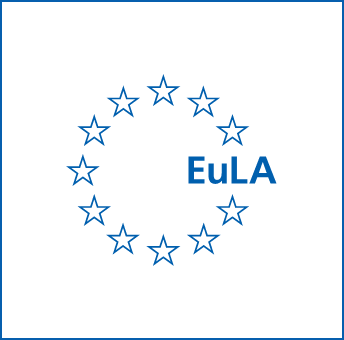
Lime
While lime is one of the earliest industrial commodities known to man, its production and uses have grown with the times, and it continues to be one of the essential building blocks of modern industry.
Lime can be used for a wide range of purposes because of its different characteristics: alkaline reaction of lime with water (neutralisation, coagulation, flocculation), forming of water-insoluble calcium salts (precipitation of heavy metals and sulfate), re-carbonation reaction with CO2 (hardening of plaster, increase of acid capacity), pozzolanic reaction with silicates (forming of calcium silicates) and heat generation by contact of Quicklime with water (drying, pasteurisation, disinfection).
MORE INFO
Lime is a generic term, but by strict definition it only embraces manufactured forms of lime – quicklime (CaO) and hydrated lime (Ca(OH)2). It is, however, sometimes used to describe limestone products, which can be confusing. The raw material for all lime-based products is a natural stone: limestone, which is composed almost exclusively of calcium carbonate (CaCO3). When limestone contains a certain proportion of magnesium, it is called dolomite, or dolomitic limestone (CaMg(CO3)2). It is widely geographically available all over the world, (the Earth’s crust contains more than 4% calcium carbonate,) and it is used for many different purposes. In the lime or dolime production process the blocks of limestone or dolomite from the quarry are blasted, crushed and sorted by size in screening plants. At this stage part is used directly as aggregates for road construction, for concrete or other applications. Part is ground to lime fertiliser or pulverised into limestone powder, used in applications such as for cleaning flue gases, for animal feed or for fillers in many products (concrete, asphalt, carpetbacking etc.). The rest of the high quality limestone, with a defined particle size, is calcined in a lime burning plant at a temperature of 900-1200°C, at which temperature it is decarbonised in either vertical shaft or horizontal rotary kilns fired by gas, oil, coal, coke or other fuels. During that process, carbonate is converted into oxide (CaO or CaMgO2) and CO2 is released. The combustion phase is essential for obtaining a quality of lime that satisfies the required characteristics. It is important to adjust the reactivity, because the various applications require reaction times (reaction of oxide with water) that can vary from a few seconds to more than thirty minutes. The products must possess precise physical and chemical characteristics for the different standards required for certain applications. The quicklime obtained can be used as such, or can be crushed, finely ground (even to micron size), depending on its intended use. Quicklime can be hydrated, i.e. combined with water, in a hydrating plant. The quantity of water added is more than the amount required for the hydration reaction. The excess water is added to moderate the temperature generated by the heat of reaction by conversion to steam. The end product is hydrated lime or slaked lime (Ca(OH)2) in the form of a very fine powder, suitable for a variety of applications. Milk of lime and lime putty are produced by slaking of quicklime with excess water. Lime Slaking is done in both batch and continuous slakers. The term milk of lime is used to describe a fluid suspension of slaked lime in water. It may contain up to 40% by weight of solids. Milk of lime with a high solids content is sometimes called lime slurry. Lime putty is a thick dispersion of 55% to 70% by mass of slaked lime in water. Lime paste is sometimes used to describe a semi-fluid putty. Lime can be used for a wide range of purposes because of its different characteristics: alkaline reaction of lime with water (neutralization, coagulation, flocculation) forming of water insoluble calcium salts (precipitation of heavy metals and sulphates) re-carbonation reaction with CO2 (hardening of plaster, increase of acid capacity) pozzolanic reaction with silicates (forming of calcium silicates) heat generation by contact of quicklime with water (drying, pasteurisation, disinfection) While lime is one of the earliest industrial commodities known to man, its production and uses have grown with the times, and it continues to be one of the essential building blocks of modern industry.

Main Applications
- Iron and Steel
- Civil Engineering
- Pulp & Paper
- Chemicals
- Building Construction
- Environment
- Agriculture & Forestry